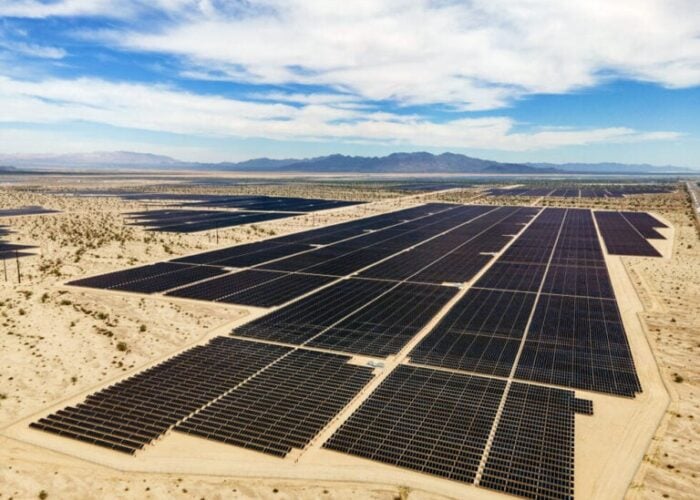Canadian developer Atlantic Wind & Solar and its affiliate Atlantic Energy Ecuador have received approval from the National Electricity Council of Ecuador (CONELEC) for two proposed PV plants.
The approval from CONELEC confirms that the US$150 million PV facilities, which have a combined capacity of 58.43MW, will proceed under Ecuador’s feed-in tariff (FiT) programme. Under the terms of the FiT, the electrical authority will purchase the power produced by the plants at a rate of US$0.40 per kWh.
Try Premium for just $1
- Full premium access for the first month at only $1
- Converts to an annual rate after 30 days unless cancelled
- Cancel anytime during the trial period
Premium Benefits
- Expert industry analysis and interviews
- Digital access to PV Tech Power journal
- Exclusive event discounts
Or get the full Premium subscription right away
Or continue reading this article for free
The approval follows the successful completion of technical studies including grid impact assessments, risk and environmental analysis and economic feasibility studies, each of which have been approved by CONELEC.
In addition to the approval, Atlantic Wind & Solar has also announced it will provide approximately US$2 million in warranties which were necessary to secure the power purchase agreement.
The two PV plants will each have a nominal generation capacity of 25MW and will be located in the towns of Lagarto and Tonchigue. Together, they will have the ability to generate more than 86,000MWh of electricity every year.
Under a corporate social responsibility plan Atlantic Wind & Solar will also improve the area's utility infrastructure by contributing 50% of associated costs in partnership with the local distribution company, and by building two playgrounds for the local children.
Atlantic Wind & Solar’s CEO Gilles A. Trahan said: “We believe that South American countries such as Ecuador are some of the best positioned markets in the world to leverage the benefits of large scale photovoltaic solar farms. This positioning is not only based on geography, being so close to the equator while offering some of the highest solar irradiance levels in the world, but also due to the region's increased economic status and rapidly evolving energy demands.”






